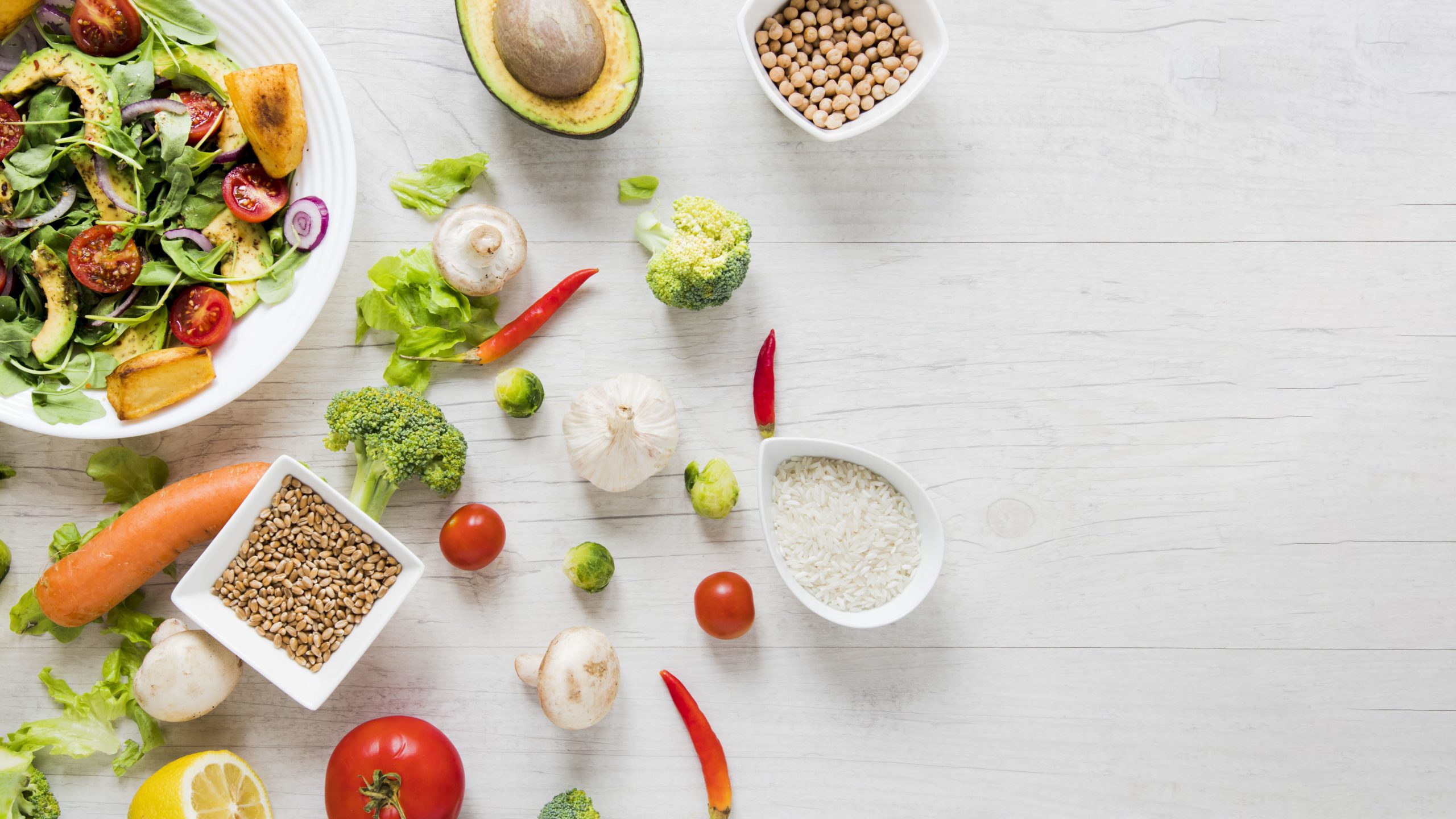
Low Oxalate Diet: Overview, Food Lists, and How It Works
Introduction:
The low oxalate diet is a dietary approach that involves restricting foods high in oxalate, a naturally occurring compound found in many plant-based foods. Oxalate can contribute to the formation of kidney stones in some individuals, so reducing its intake through a low oxalate diet may be beneficial for those prone to kidney stone formation or who have certain medical conditions. This comprehensive guide aims to provide an overview of the low oxalate diet, including its benefits, potential drawbacks, and a detailed food list to help you make informed choices while following this dietary regimen.
Section 1: Understanding Oxalate
1.1 What is Oxalate?
Oxalate is a naturally occurring substance found in various plant-based foods. It is also produced in the human body as a byproduct of metabolism. In normal amounts, oxalate is usually eliminated through urine without causing any harm. However, excessive oxalate consumption can lead to the formation of calcium oxalate crystals, the primary component of kidney stones.
1.2 Factors Affecting Oxalate Absorption
The absorption of oxalate from food varies from person to person. Factors such as gut health, genetics, and the presence of certain medical conditions can affect the amount of oxalate absorbed by the body. Additionally, the presence of dietary calcium can bind to oxalate in the intestines, reducing its absorption. This is why calcium-rich foods are often recommended in a low oxalate diet.
Section 2: Benefits and Considerations
2.1 Benefits of a Low Oxalate Diet
Reducing the risk of kidney stone formation: By limiting dietary oxalate intake, individuals prone to kidney stones may decrease the likelihood of stone formation.
Managing certain medical conditions: Some medical conditions, such as primary hyperoxaluria, enteric hyperoxaluria, and idiopathic calcium oxalate stone formation, may benefit from a low oxalate diet as part of their management plan.
2.2 Considerations and Potential Drawbacks
Nutritional adequacy: Restricting high oxalate foods may lead to reduced intake of certain nutrients, such as fiber and various vitamins and minerals. It is crucial to ensure adequate nutrient intake while following a low oxalate diet.
Food availability and variety: Following a low oxalate diet may require careful planning and restrict food choices, potentially limiting dietary variety and culinary options.
Individual variation: Oxalate sensitivity can vary among individuals, and what triggers symptoms or kidney stone formation for one person may not affect another. Personalized approaches and medical advice are important when implementing a low oxalate diet.
Section 3: Low Oxalate Diet Guidelines
3.1 Foods to Limit or Avoid
The following foods are typically high in oxalate and should be limited or avoided in a low oxalate diet:
- Spinach, beet greens, and Swiss chard
- Rhubarb
- Almonds and cashews
- Soy products
- Chocolate
- Tea and coffee
- Berries (strawberries, raspberries)
- Legumes (black beans, chickpeas)
- Whole grains (wheat, quinoa)
3.2 Foods to Enjoy in Moderation
These foods contain moderate levels of oxalate and can be consumed in moderation in a low oxalate diet:
- Broccoli
- Carrots
- Celery
- Cucumber
- Cauliflower
- Grapes
- Pineapple
- Pears
3.3 Low Oxalate Alternatives
Here are some low oxalate alternatives to commonly consumed high oxalate foods:
- Leafy greens: Choose lettuce, kale, or collard greens instead of spinach.
- Nuts and seeds: Opt for macadamia nuts, hazelnuts, or sunflower seeds as alternatives to almonds and cashews.
- Grains: Replace high oxalate grains like wheat with low oxalate alternatives such as rice, millet, or oats.
Section 4: Other Considerations
4.1 Cooking Methods and Oxalate Content
Certain cooking methods can reduce the oxalate content in foods. Boiling vegetables and discarding the cooking water has been shown to decrease oxalate levels significantly.
4.2 Balancing Calcium Intake
Consuming adequate amounts of dietary calcium alongside a low oxalate diet is essential. Calcium binds to oxalate in the intestines, reducing its absorption and the risk of stone formation. Good sources of calcium include dairy products, fortified plant-based milk, tofu, and leafy greens like kale.
4.3 Individualized Approach and Professional Guidance
Implementing a low oxalate diet should be done under the guidance of a healthcare professional or registered dietitian. They can assess your specific needs, provide personalized advice, and ensure nutritional adequacy while following this dietary regimen.
Conclusion:
A low oxalate diet can be an effective strategy for reducing the risk of kidney stone formation and managing certain medical conditions related to oxalate metabolism. However, it is crucial to consider potential drawbacks, maintain nutritional adequacy, and seek professional guidance for an individualized approach. By following the comprehensive food lists and guidelines provided in this guide, you can make informed choices to support your health and well-being while adhering to a low oxalate diet.
- Vaping Vibes: A Personal Journey with Glowbar London’s CBD Vape Juice Collection - July 27, 2024
- Sleep and Sour Marijuana Strain - September 22, 2023
- Where Can I Buy HHC-P Products - July 21, 2023

